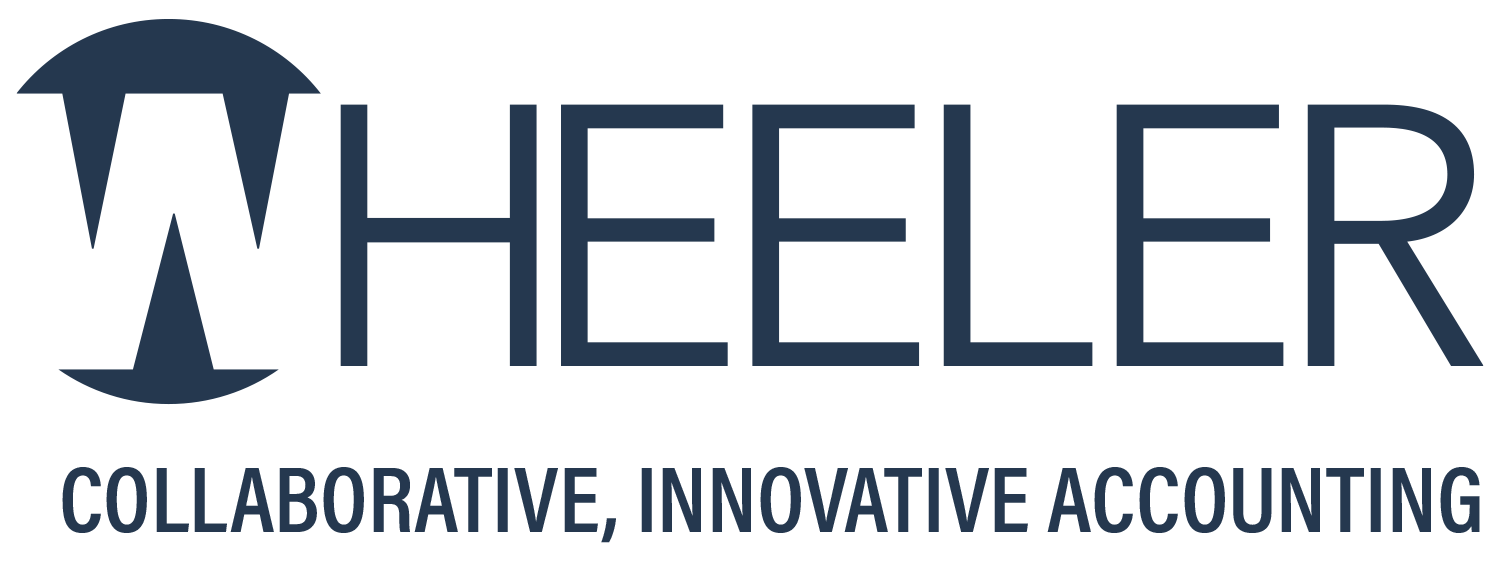
Payroll fraud schemes can be costly. According to a 2024 Association of Certified Fraud Examiners (ACFE) study, the median loss generated by payroll fraud incidents is $50,000. It’s essential to know the payroll schemes making the rounds and how to prevent them or at least catch them before they go on very long.
Common Threats
Here are brief descriptions of some common payroll fraud threats:
Ghost employees
Perpetrators add made-up employees to the payroll. The wages of these “ghost employees” are deposited in accounts controlled by the fraudsters.
Excessive Payments
Here, employees receive overtime pay by inflating their work hours.
Payroll diversion
Cybercriminals use phishing emails to trick employees into providing sensitive information, such as bank login credentials. This becomes a form of payroll fraud when they divert payroll direct deposits to accounts they control. Crooks might also target employers by sending them fake emails from “employees” requesting changes to their direct deposit instructions.
Expense reimbursement fraud
Employees receiving expense reimbursements might inflate their expenses, submit multiple receipts for the same expense, or claim nonexistent expenses. When perpetrated by employees, this is related to payroll fraud because reimbursements are often added to paychecks.
6 Strategies for Preventing or Uncovering Payroll Fraud
Preventing payroll fraud and uncovering it quickly, if it still occurs, requires strong internal controls. Here are six strategies to strengthen your defenses:
- Require two or more employees to make payroll changes, such as pay rates or adding or removing employees.
- Flag excessive or unusual pay rates, hours, or expenses using exception reporting.
- Closely monitor employee expense reimbursement requests. Notify employees when discrepancies are found and require corrections.
- Regularly conduct payroll audits to detect anomalies.
- Audit automatic payroll withdrawals to confirm proper transfers are made.
- Allow changes to direct deposits only via email confirmation, requiring employee approval before processing. For example, ask the employee to verify that he or she requested the change.
In addition to employing fraud prevention strategies, educate employees about payroll schemes, phishing attacks, and the importance of not sharing sensitive information via email. According to the 2024 ACFE study, the median fraud loss for victim organizations that provided fraud training to executives, managers and employees was roughly half the loss reported by organizations without training programs.
Payroll Fraud Is Widespread
Payroll fraud can threaten businesses of all sizes and industries. Your organization can mitigate the risk by understanding the forms of payroll fraud and implementing robust internal controls, frequent audits and employee training.
408-252-1800
Photo by Jack Moreh from Freerange Stock.
